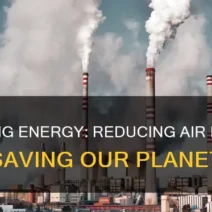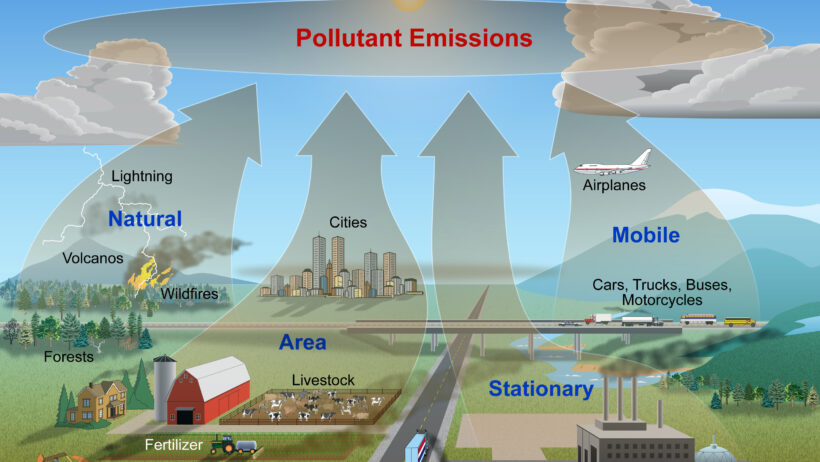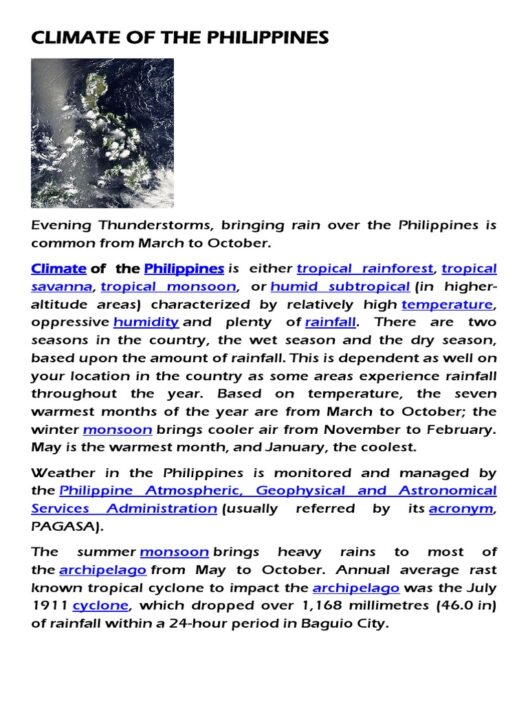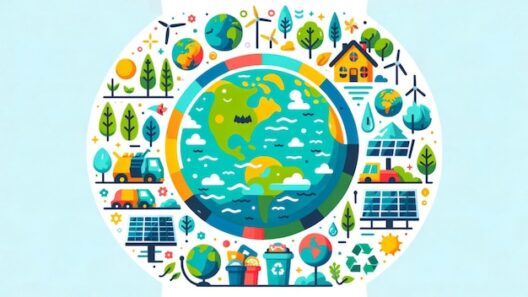The intricate dance of life on Earth is fundamentally orchestrated by the air we breathe. When we inhale, we subconsciously trust that this invisible element is pure; however, beneath the surface lies a disquieting reality. Pollution, that omnipresent specter, is a key player in the ongoing saga of climate change, shrouding our world in a poisonous veil of toxins. This complex interplay, where noxious emissions intertwine with atmospheric stability, is transforming our environmental fabric, driving a steady march towards planetary crisis.
To comprehend the breadth and depth of this issue, one must first consider what constitutes air pollution. Picture the atmosphere as a vast tapestry, woven with strands of various gases—some essential, others toxic. Carbon dioxide, methane, and nitrous oxide manifest as the principal culprits in this toxic tapestry. These gases, often emitted from human activities, act as insidious warming agents, ensnaring heat and propelling global temperatures to unprecedented heights.
But the ramifications extend far beyond merely heating the planet. Take, for instance, particulate matter—tiny particles smaller than a grain of sand. Although they may appear innocuous, they are harbingers of respiratory illnesses, cardiovascular diseases, and other ailments that plague humanity. Each breath tainted by these pollutants is a gamble with health; yet we continue to gamble, unaware of the stakes involved. The irony is striking: in our quest for progress and industrial advancement, we have inadvertently devised a perilous concoction that not only threatens our physical well-being but also destabilizes the climate.
The sources of air pollution are as varied as they are ubiquitous. Industrial emissions belch toxins into the atmosphere while vehicular exhaust pervades urban landscapes with ominous fumes. Deforestation serves as another dark thread in this tapestry, reducing the planet’s lungs and exacerbating the volume of carbon released into the air. Furthermore, agricultural practices contribute significantly through the release of methane from livestock and nitrous oxide from fertilizers. The narrative unfolds with each activity, revealing our collective compulsion to prioritize convenience and efficiency over environmental stewardship.
Yet, understanding the sources of pollution is merely the first step; one must delve deeper into the mechanisms by which these pollutants incite climate change. Consider the metaphor of a blanket. A warm, cozy blanket envelops us, creating a comfortable cocoon. However, when that blanket becomes excessively heavy and stifling, it suffocates rather than comforts. In a similar vein, greenhouse gases function as a duvet for Earth, trapping heat within the atmosphere. The consequence is not just warming but a chaotic shift in climatic patterns—a phenomenon we witness in increasing storm intensity, rising sea levels, and altered rainfall patterns.
Furthermore, the insidious nature of air pollution goes beyond its immediate effects; it alters ecosystems and surfaces as a catalyst for biodiversity loss. Flora and fauna alike suffer from the deterioration of their habitats, as increasing levels of nitrogen lead to the over-fertilization of waterways, resulting in algal blooms that suffocate aquatic life. This deadly chain reaction illustrates how pollution is not an isolated issue but rather a complex web of interconnected consequences that reverberate through the entirety of life on Earth.
To appreciate the magnitude of the crisis is to confront the paradox of modernity. We revel in technological advancements while simultaneously igniting the fires of destruction. The assumption that science and technology will eventually extricate us from the quagmire is a dangerous fallacy. Solutions such as carbon capture and renewable energy must be pursued with urgency and determination; they cannot simply be aspirational endpoints. We must relentlessly advocate for significant policy changes and uncompromising regulations that hold industries accountable for their contributions to air pollution.
Moreover, individual action, while valuable, cannot substitute for systemic reform. Mobilizing communities to demand cleaner air and robust environmental standards will serve as the bedrock for a movement aimed at reversing the tide of climate change. Collective advocacy reinforces the notion that every person holds a piece of the responsibility puzzle. The call to action extends beyond mere awareness; it beckons us to participate in grassroots initiatives that drive policy change and promote sustainable practices.
Education plays a pivotal role in this transformative journey. A well-informed populace is armed with the tools necessary to challenge the status quo, confront complacency, and ignite a dialogue about the complexities of air pollution and climate change. Scientific discovery and technological innovation must synergize with cultural shifts, becoming part of a collective conscience that prioritizes the health of the planet over short-lived economic gains. The merits of a sustainable existence extend beyond the personal; they promise a more harmonious coexistence with our environment.
In conclusion, the battle against climate change cannot overlook the invisible toxins in the air. Air pollution is not a distant threat, an abstract concept relegated to environmentalists’ speeches; it is a pressing reality that demands immediate attention and action. As we navigate the complexities of modern existence, we must commit ourselves to understanding and addressing the intricate connection between air pollution and climate change. The time for action is now; the fate of future generations hangs in the balance, tethered to the air we all share.







